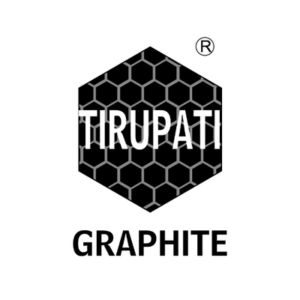Graphite has emerged as a vital material in the modern technological and industrial landscape due to its versatile properties and wide-ranging applications. This naturally occurring form of crystalline carbon is distinct from other carbon forms like diamond and coal, featuring a hexagonal lattice structure of carbon atoms. These layers are held together by weak van der Waals forces, allowing them to slide over each other, giving graphite its slippery feel.
Graphite’s unique properties, such as excellent electrical and thermal conductivity, high melting point, lubricity, and chemical stability, make it indispensable in various industries. It is crucial in electronic applications due to its electrical conductivity and serves in high-temperature environments thanks to its high melting point. Additionally, graphite’s ability to act as a lubricant and its chemical inertness make it suitable for mechanical applications and harsh environments.
Graphite can be classified into natural and synthetic types. Natural graphite, mined from the earth, is found in flake, amorphous, and vein forms, each with specific characteristics and applications. Flake graphite, known for its high purity and electrical conductivity, is used in batteries and as a raw material for graphene production. Amorphous graphite, with lower purity and conductivity, is used in lubricants and brake linings. Vein graphite, noted for its high purity and crystallinity, is ideal for high-performance applications. Synthetic graphite, produced from petroleum coke through graphitization, offers higher purity and consistency but is more expensive. It is used in high-tech applications like electrodes for steelmaking, lithium-ion batteries, and nuclear reactors.
Graphite’s unique properties make it essential in various modern applications. In industrial uses, graphite electrodes are crucial for steel production in electric arc furnaces, while its lubricating properties are vital in high-temperature environments. It is also used in refractory materials for furnaces and kilns. Technologically, graphite is a key component in lithium-ion batteries for electric vehicles and portable electronics, and in fuel cells for clean energy technologies. Additionally, graphite is the precursor to graphene, which has potential in advanced technologies like flexible electronics and high-capacity batteries.
Looking to the future, graphite’s importance is expected to grow with technological advancements and increasing demand. Innovations in battery technology aim to improve lithium-ion batteries’ performance, while developments in graphene could revolutionize various industries. Emerging uses for graphite include next-generation energy storage systems, thermal management in high-tech devices, and 3D printing materials.
Market trends indicate a rising demand for graphite, driven by the electric vehicle market and renewable energy technologies. Investment opportunities in graphite mining, production, and technology development are growing, emphasizing the need for a secure supply chain. Sustainability practices in graphite mining and processing are becoming crucial to minimize environmental impact and support the green economy.
In conclusion, graphite’s unique properties make it a cornerstone of modern technology and industry. As research and development continue to explore its potential, graphite is set to play a pivotal role in advancing sustainable technologies and supporting global efforts to combat climate change. The future of graphite is promising, with its strategic importance in emerging applications and the increasing focus on sustainable practices ensuring its relevance in the green economy.
Tirupati Graphite PLC (LON:TGR) is a fully integrated specialist graphite and graphene producer, with operations in Madagascar and India. The Company is delivering on this strategy by being fully integrated from mine to graphene. Its global multi-location operations include primary mining and processing in Madagascar, hi-tech graphite processing in India to produce specialty graphite, and a state-of-art graphene and technology R&D center to be established in India.


